Do you want a Siberian Husky but just can’t keep up with their exercise requirements?
Then the Alaskan Klee Kai may be the perfect dog for you!
This dog is a smaller companion dog, similar to the working husky, and excellent for those who would love a husky but do not have the time to dedicate to their high exercise requirements!
That is not to say that this dog is an easy dog to manage, just a little more manageable than a Husky.
But what is there to know about this rare Alaskan dog breed?
Read on for the ultimate guide on the Alaskan Klee Kai where we will discuss their appearance, price, breeders, temperament and how-to care for them.
TABLE OF CONTENTS
What is an Alaskan Klee Kai?
The Alaskan Klee Kai was first seen in Alaska around 1970.
This dog was first bred by Linda Spurlin (and her family), who wanted a dog that looked like a Husky without the exercise requirements of one (one of the main reasons behind the miniature Husky too.
Spurlin bred the Alaskan Klee Kai by mating Siberian and Alaskan Huskies with the American Eskimo Dog to give the dog its spitz like appearance.
This resulted in a much smaller dog without using dwarfism and selective breeding.
The breed was originally just called the Klee Kai, coming from an Innuit term meaning “small mog”. In 1995 the breed name was changed to Alaskan Klee Kai to avoid political conflict.
This dog comes in three sizes:
- Toy: Up to 13 inches
- Miniature: 13 to 15 inches
- Standard: 15 to 17 inches
Although there are three weight classes of Alaskan Klee Kai, it is unsure why, it is entirely possible to get all three sizes in a single litter; this is unique to the dog world!
Kennel Club Recognition and Pedigree
An Alaskan Klee Kais is over 17.5 inches tall is not considered purebred (as per their breed standard).
As this breed isn’t registered with the American Kennel Club or the UK Kennel Club, it is difficult to approximate the number of these dogs, and breeders in America.
Their popularity peaked in 2004, however, it can be assumed this is a rare dog breed, especially since this dog has been a member of the American Rare Breed Association since 1995!
| Size | 10-15 inches |
| Weight | 15-30 pounds |
| Lifespan | 13–15 years |
| Breed Type | Mixes and more |
| Purpose | Companion |
| Suitable For | First Time Owners |
| Color Variations | White, Black, Tan, Cream, Orange, Blue, Merle, Red, and Brown |
| Temperament | Playful, Intelligent, Loyal, Energetic, and Confident |
Alaskan Klee Kai Puppies
This dog is a rare breed and the prices of these puppies reflect that.
On average, an Alaskan Klee Kai puppy costs between $1,500 and $3,000 USD.
With a litter size of between 1 and 5 per litter, and only a few recognized breeders, you may struggle to find a puppy quickly.
If you would prefer to rescue, there is a national rescue network for this breed known as the Alaskan Klee Kai National Rescue.
Due to the three different size classifications of the Alaskan Klee Kai (Toy, Miniature and Standard) it is very hard to estimate a growth rate. However, this dog should be fully grown before 18 months.
Alaskan Klee Kai Temperament
While this dog looks like a Husky, they are strictly companion animals and do not have the same drive to work that their husky counterparts have.Alaskan Klee Kais are intelligent, alert and loyal pets, who devote themselves to their family.
They can be skittish and nervous with strangers, shying away from anyone or anything unfamiliar.
Because of this, early socialization is a must for these dogs, showing them as many people, places and things as possible while they are young is an excellent way to make for a well-rounded dog.
If not treated early, their skittish nature around strangers can become anxious behavior.
It is essential, as an owner of an Alaskan Klee Kai, to let them get out there and experience the world in a safe space to ease their uncertainty!
Is This a Good Family Dog?
Their level of affection and attachment depends on their owner.
Owners who are cuddlier with their puppy will end up with an affectionate dog, whereas owners who are less so will end up with a more independent dog.
While the Alaskan Klee Kai is a good size for apartment living, their loud nature means your neighbors might be displeased!
They get on well with other household pets and dogs, however, it is best to be mindful of their potentially nervous nature when meeting new people, dogs or pets whilst outside.
Does This Dog Bark?
Alaskan Klee Kais do not bark, but they do howl.
They will let out a “woo woo” type noise when they are happy.
These dogs can also be very vocal to let their owners know when they are not happy.
Care Guide
The Alaskan Klee Kai is a perfect all-round family dog for experienced dog owners.
They are suitable for many different homes (of different sizes), though they do best in homes where they have an area to self-exercise (e.g. a large garden or a fenced area).
This dog is suitable for: singles, couples and families with children.
Their friendly and loving nature means they do well in homes with children, not to mention their playful and occasionally mischievous nature!
Food and Dietary Requirements
| Daily Food Consumption | |
|---|---|
| Guide | 400 calories |
| Cups of Kibble | |
The Alaskan Klee Kai needs around 1 cup of high quality kibble each day.
This may vary slightly depending on the size of your dog, larger dogs may need larger meals.
A good rule of thumb is to use 30 to 40 calories per pound of body weight to determine your dog’s kibble requirements (e.g. a 20lb dog needs around 600 calories a day).
It is recommended that you spread these meals out into two meals daily using ½ cup at each meal time.
Alaskan Klee Kais are excellent problem solvers and it may be hard to get them to focus if they know food is coming. Try feeding your dog using consistent timings (e.g. 7am and 5pm).
It is important to make sure that you do not over feed your dog as these dogs are prone to obesity and have a tendency to overeat.
Exercise Requirements
| Daily Exercise Requirements | |
|---|---|
| Minutes | 45 minutes |
| Activity Level | |
These little dogs may be small, but they are speedy!
They need around 45 minutes of activity each day, as well as time to play and train to exercise both their mind and body.
Ideally, walks should be broken up throughout the day as they do not do well with being bored or cooped up.
On average, these active dogs will be able to walk around 10 miles a week, consequently, you should only bring an Alaskan Klee Kai into your life if you can keep up with their exercise requirements.
It may be a good idea to try jogging with your pet, as like Huskies, they love to run.
These dogs should not be trusted off leash.
Even the most well trained Alaskan Klee Kai may run off (due to their aloof temperament). They should only be let off leash in securely fenced in areas, such as dog parks or gardens.
These little dogs are agility champions, having won AKC agility championships on multiple occasions. It may be a good idea to compete these dogs if you can, it is a physical and mental challenge for these clever dogs.
Training Requirements
These dogs are just as intelligent as their Husky counterparts.
Despite their intelligence, and their love of learning, they can be very stubborn when it comes to obedience training and house training; so patience is necessary for owners of this dog.
Alaskan Klee Kais have a natural curiosity about the world, especially when young, so using this to your advantage is a must!
Using a clicker, or other types of positive reinforcement in training, will encourage your dog to learn through play and will result in an engaged and willing dog.
It is important to factor in the treats fed while training into your dog’s diet. You should never overfeed your dog, on days where you train, feed slightly smaller meals to balance this out.
Known Health Problems
Due to the initial careful and selective breeding of the Alaskan Klee Kai by Linda Spurlin, these dogs do not not have many genetic health conditions.
As a result of their healthy genetics, the Alaskan Klee Kai tends to live a long and healthy life, on average living between 12 and 16 years.
However, they are prone to obesity as they are known to overeat and scavenge. Monitoring your dog’s diet is a must to prevent this condition from forming.
The most common diagnosis for the Alaskan Klee Kai is Patellar Luxation (i.e. an inability to extend the knee joint). This is caused due to a malformed knee joint and is more common in small to medium sized dogs, hence why the Alaskan Klee Kai may be at risk.
Depending on the severity of the deformity, this can be treated via pain management or a routine surgical procedure.
There is also potential for the Alsakan Klee Kai to develop a bleeding disorder, although this is very rare, only a few cases are known within the breed group.
Alaskan Klee Kai Size, Appearance, Coat and Grooming
The most recognizable characteristic of the Alaskan Klee Kai are their face masks (i.e. white faces compared to their darker bodies) and their giant curl tail that matches other dogs in the Spitz family.
They look like a smaller, fluffier Husky!
The Alaskan Klee Kai is often red, black or gray. Any other colors are not recognized by their breed standard.
With a thick and fluffy double coat, that is soft to the touch, their appearance is beautiful.
Like Huskies, this breed will oven have mismatched eyes or heterochromia (pictured below).
Grooming Guide
Dogs of this breed type are known to groom themselves for hours at a time.
As well as this, they are not known for their doggie breath; like other dogs.
Unlike Siberian Huskies, the Alaskan Klee Kais does not shed year-round, instead “blowing their coat” twice yearly.
During this time, it is best to groom daily, but the rest of the year, weekly grooming will suffice.
These dogs are relatively self-sufficient, but regular grooming is recommended as it acts as a bonding experience between owner and dog.
They do not need clipping as this will affect their ability to regulate their temperature.
Summary
The Alaskan Klee Kai is relatively new dog breed, first seen in the 1970s and 80s.
Since then, there has been a steady fanbase for the breed, although they are still exceedingly rare.
They make wonderful family pets, getting on well with people and other pets as long as they are socialized well when they are young.
Beyond socializing and exercising, they are not particularly high maintenance.
They have no specific dietary needs and only require weekly grooming and moderate amounts of training. The biggest problem you may encounter with this dog, is actually finding one.
Leave us your thoughts in the comments below on the Amazing Alaskan Klee Kai.
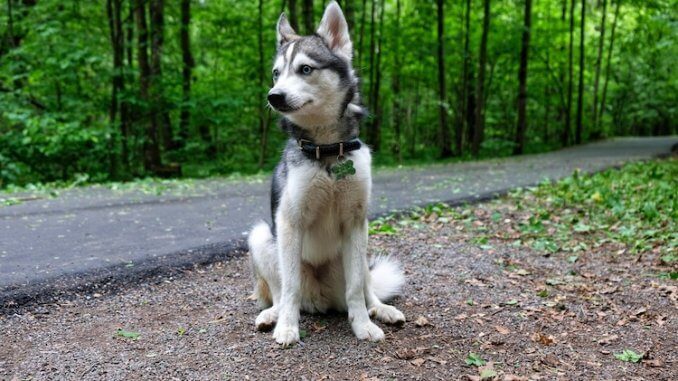
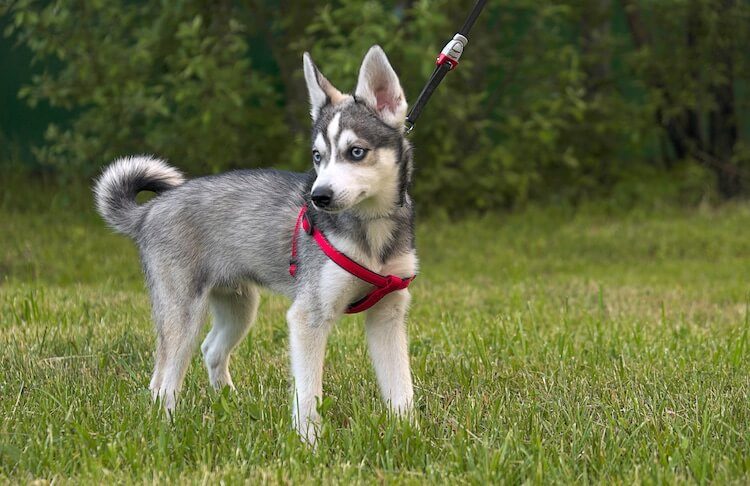
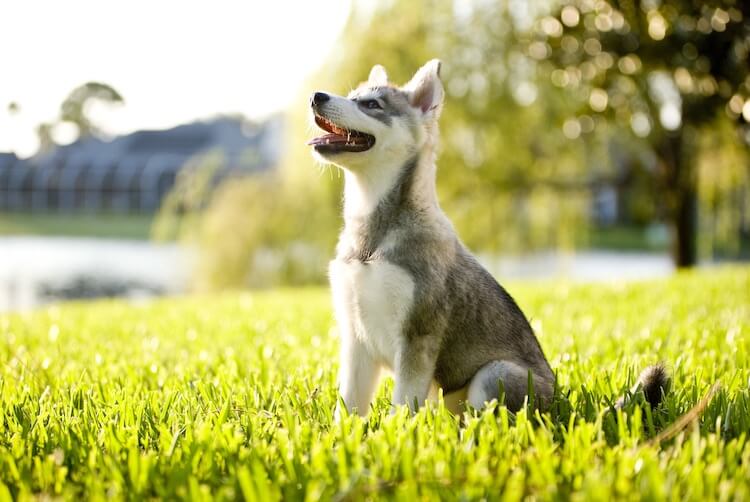
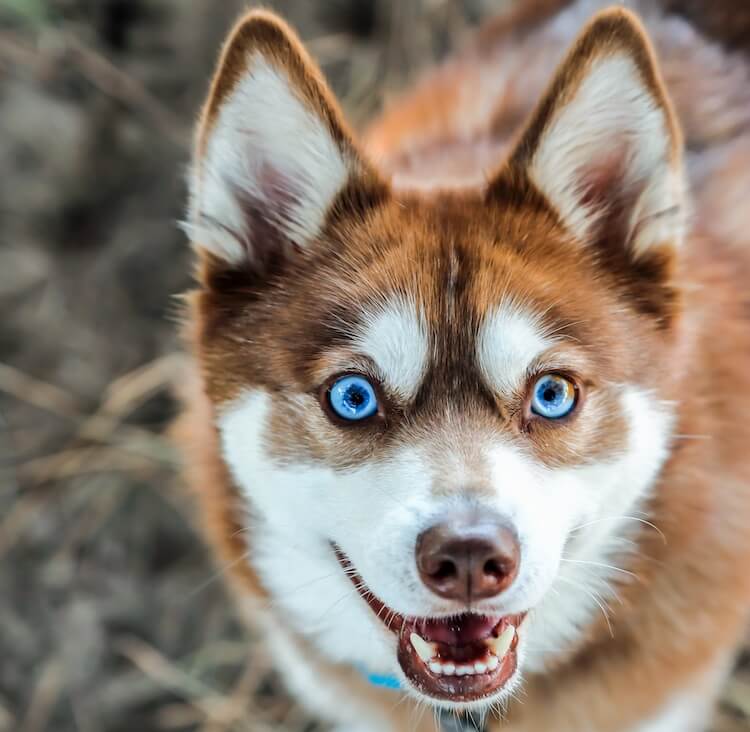
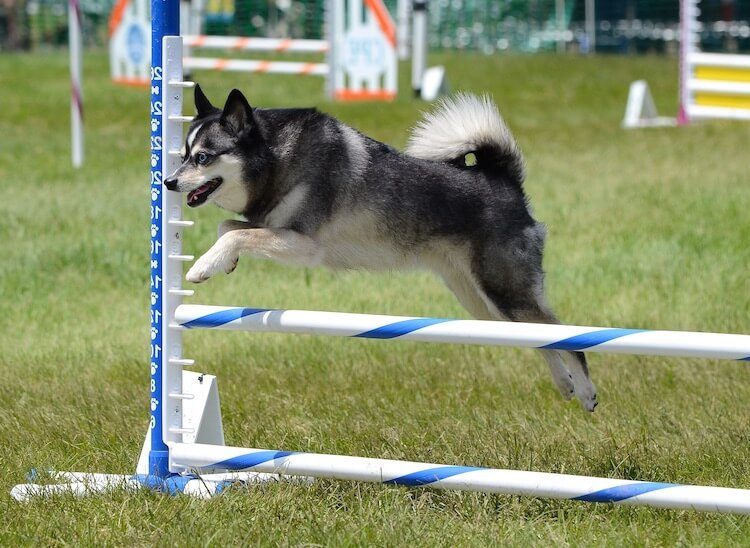

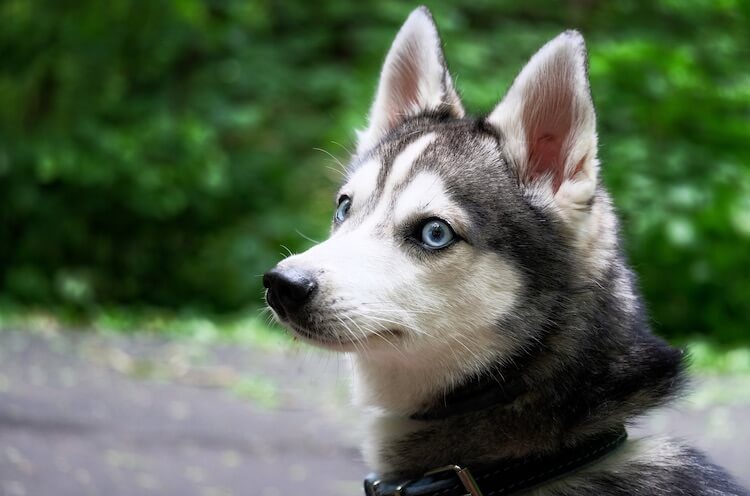
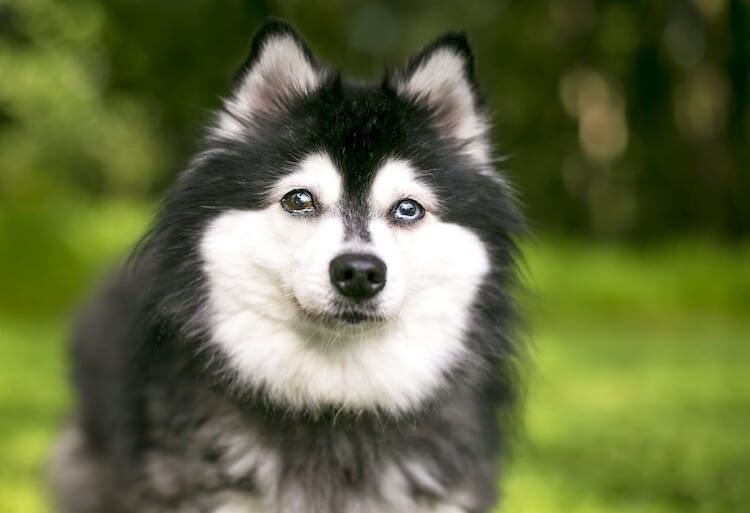

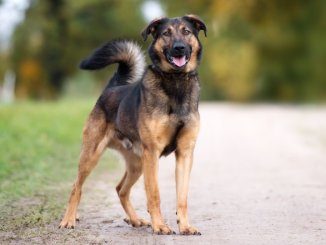


I’ve read your observations about Klee Kais with great interest. You describe our “Nala” exactly! She is a little over a year and has many types of vocalizations to the point where you can have a conversation with her. She is skittish with new people but if they get down to her level and are patient, she’ll be in their arms in no time. Staying on leash is critical. She has gotten off leash three times and man can she run…to the point of getting lost. Fortunately we found her fairly quickly. We are so thrilled to have her. She is very very sensitive to human emotions, displeasure, happiness, sadness, and makes the perfect watch dog. This dog is not a cheap dog to find but if you look for one make sure to get one from a reputable breeder as there are many out there who are not.
Victoria, what breeder did you go to? We’re looking for one.
I have been looking at these for many years. We have had Siberians for over 26 years (six in total). They all were great companions and kept us young, with all the exercise they required. Two were puppies and the other four were rescued as adults. Three were males and the other three were females, mostly as pairs.
My niece has a lovely Klee Kai girl and she Ice Climbs riding comfortably in “Mama’s” backpack. Two danger loving girls in my opinion! I have pictures to prove it, though not sure how to show them to you all.
Hi, I am looking for a breeder for this type of fog the Alaskan Klee kai… I have been looking for years can anyone please help me find .. thank you BellaGallo08204@ gmail.com..